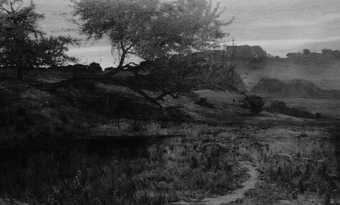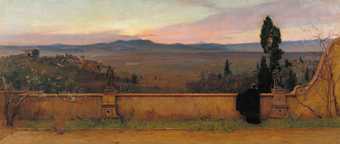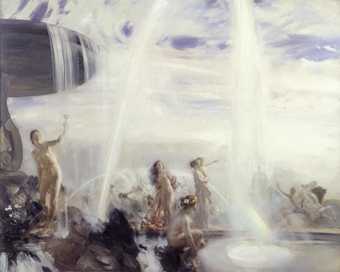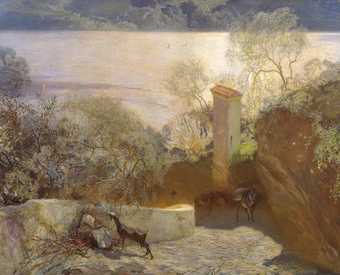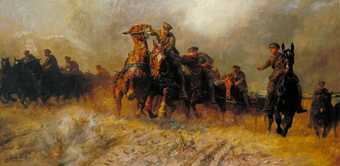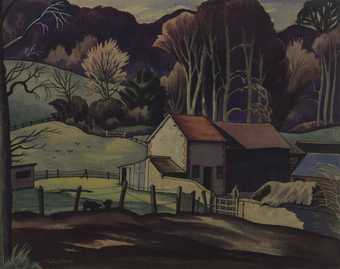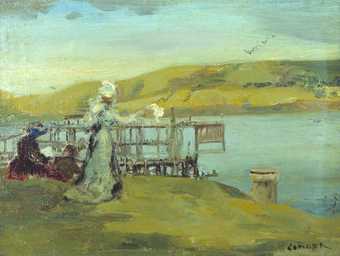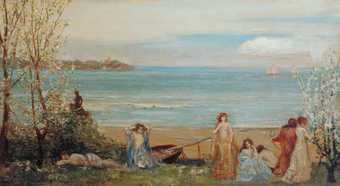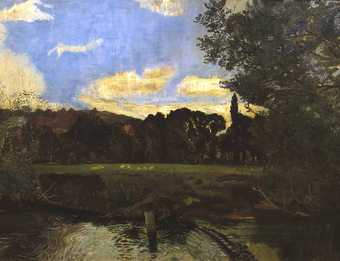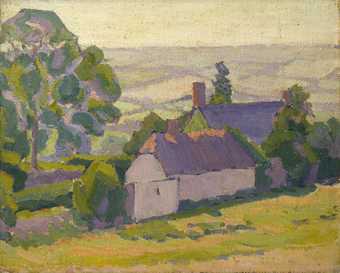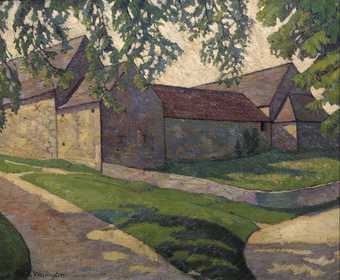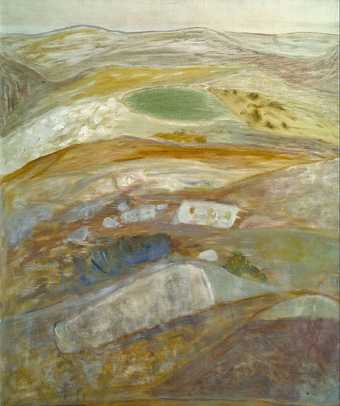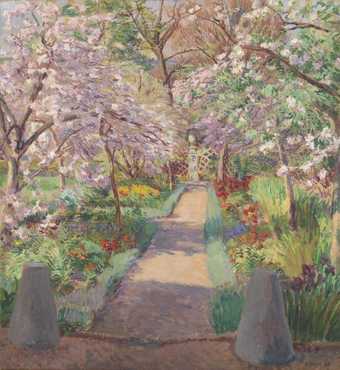
On loan
Penlee House Gallery & Museum (Penzance, UK): Lamorna Colony Pioneers
- Artist
- Dame Laura Knight 1877–1970
- Medium
- Oil paint on canvas
- Dimensions
- Support: 1524 × 1829 mm
frame: 1760 × 2085 × 90 mm - Collection
- Tate
- Acquisition
- Presented by the Trustees of the Chantrey Bequest 1935
- Reference
- N04838
Display caption
Knight started painting in her teens in her home town of Nottingham to help support her family. Influenced by Impressionism and the Newlyn School in Cornwall, Knight's subject-matter is contemporary without being avant-garde. Dismissed by Modernists for her lack of interest in formal experiment, Knight’s insistent realism made her one of the most popular artists of the time.
Gallery label, February 2010
Does this text contain inaccurate information or language that you feel we should improve or change? We would like to hear from you.
Catalogue entry
N04838 SPRING 1916–20
Inscr. ‘Laura Knight’ b.r.
Canvas, 60×72 (152×183).
Chantrey Purchase from the artist 1935.
Exh: R.A., 1916 (145), as ‘Spring’; International Exhibition, Carnegie Institute, Pittsburgh, 1920 (171); Re-Opening Exhibition, Grosvenor Galleries, February–March 1921 (63); Alpine Club Gallery, April 1922 (11); R.A., 1936 (539), as ‘Spring in Cornwall’.
Lit: Laura Knight, Oil Paint and Grease Paint, 1936, pp.97–8, 205–6.
Repr: Royal Academy Illustrated, 1916, p.130, original version; Colour, May 1921, p.73 (in colour), shows the woman standing alone, two children playing on the wall and three dogs on the right; Royal Academy Illustrated, 1936, p.58, and Mary Chamot, Modern Painting in England, 1937, fig.47, present state. The Medici print made in 1931 shows the picture with a boy instead of the man.
The artist wrote (loc. cit.) that the idea of this picture goes back to the period of the Boer War, when she was staying in Staithes in Yorkshire. She described her first view of primroses in the valley called Pearly Bottom and her first desire to paint landscape: ‘I went there many times, hoping to make studies for a great work. There was to be everything that I know of spring in that big picture. All I learned there was the origin of a work called “Spring” painted in Cornwall years later.’ The picture was actually begun early in 1916, the scene was Lamorna Valley and the models were Ella and Charles Napier. In a letter (15 November 1957) she wrote: ‘This picture was painted during the World's War No. I. At that time it was against the law to paint out of doors anywhere near the Cornish Coast. And to get the material I needed, here and there, I had to lie on my stomach under a gorse or any other convenient bush, in dread of being taken off to prison, to make a line or two in a sketch book, memorise - rush back into my studio, and paint. It was exhibited with the original man in it. ... For some reason or other I changed the original and put a boy in instead of the man who now figures again in the work, and the copyright with the boy in was bought by the Medici Society, whose recent reproductions of the picture imply a brownish painting, which it never was. I had this picture, which travelled round to many exhibitions, both in England and abroad, for many years, and finally decided that I had made a mistake in changing the age of the male figure, I gave the boy the boot and put back the man. ... While exhibited in the International Exhibition at Pittsburgh sometime between the 2 World Wars, it was badly injured (in colour) by the terrible acidity of that smoky atmosphere caused by the immense area nearby of Carnegie Steel Works. I had a terrible business in taking off the varnish to save it - and had to do some repainting. It was then I put the man back in his place. ... And I do hope it may have again the title I gave it. I hate a title that localises a picture - just a view. Why not have a photograph if that's what is wanted.’ The picture was previously catalogued as ‘Spring in Cornwall’.
Published in:
Mary Chamot, Dennis Farr and Martin Butlin, The Modern British Paintings, Drawings and Sculpture, London 1964, I
Explore
- architecture(30,960)
-
- townscapes / man-made features(21,603)
-
- wall(626)
- UK counties(19,585)
-
- Cornwall(1,034)
- England(19,202)
- England, South West(3,507)
- England, Southern(8,982)
You might like
-
Matthew Ridley Corbet Morning Glory
1893–4 -
Matthew Ridley Corbet Val d’Arno: Evening
exhibited 1901 -
Charles Sims The Fountain
1907–8 -
Walter West Sunshine, Breeze, and Blossom: Lake Como
exhibited 1913 -
Lucy Kemp-Welch Forward the Guns!
1917 -
Ethelbert White Under the Hills
1923 -
Philip Wilson Steer Painswick Beacon
1915 -
Charles Conder By the Sea: Swanage
c.1901 -
Charles Conder Spring by the Sea
c.1905 -
Dame Laura Knight The Gypsy
exhibited 1939 -
Gilbert Spencer Sashes Meadow, Cookham
1914–19 -
Robert Bevan Haze over the Valley
c.1913 -
Hubert L. Wellington The Big Barn, Frampton Mansell
1915 -
Adrian Stokes Landscape, West Penwith Moor
1937 -
Duncan Grant Garden Path in Spring
1944

